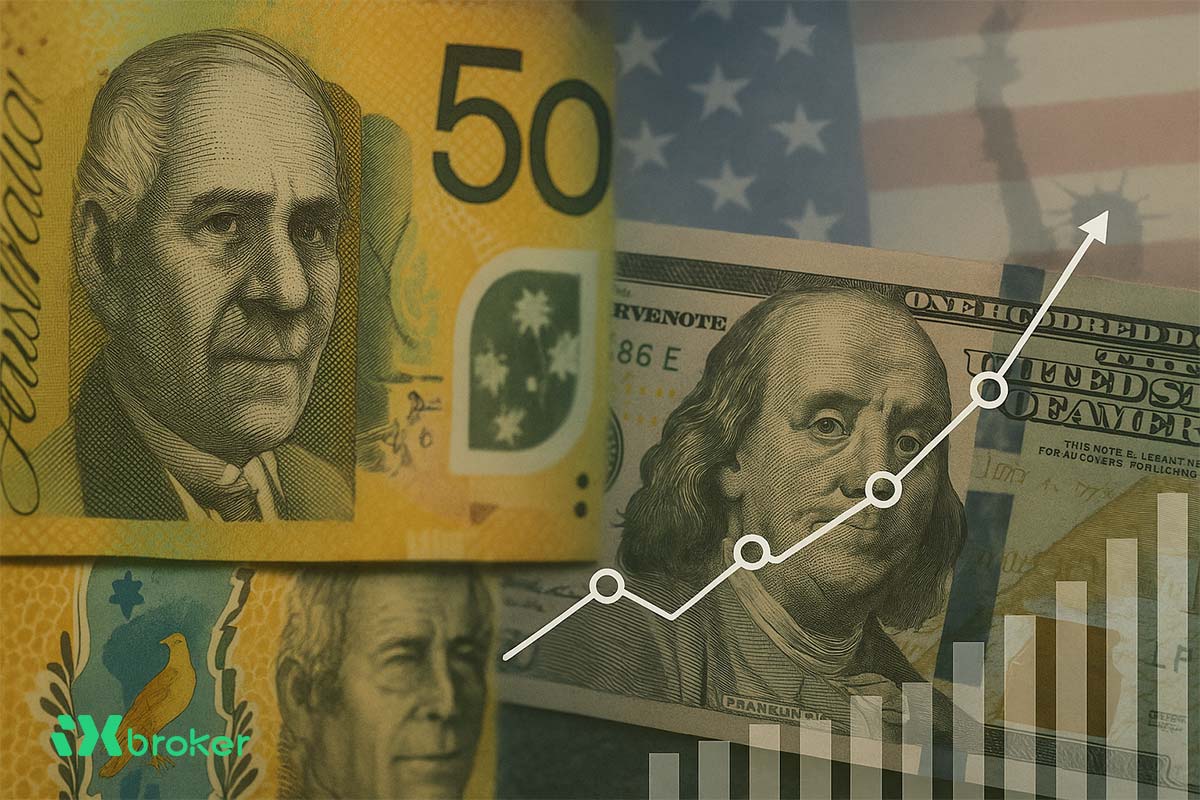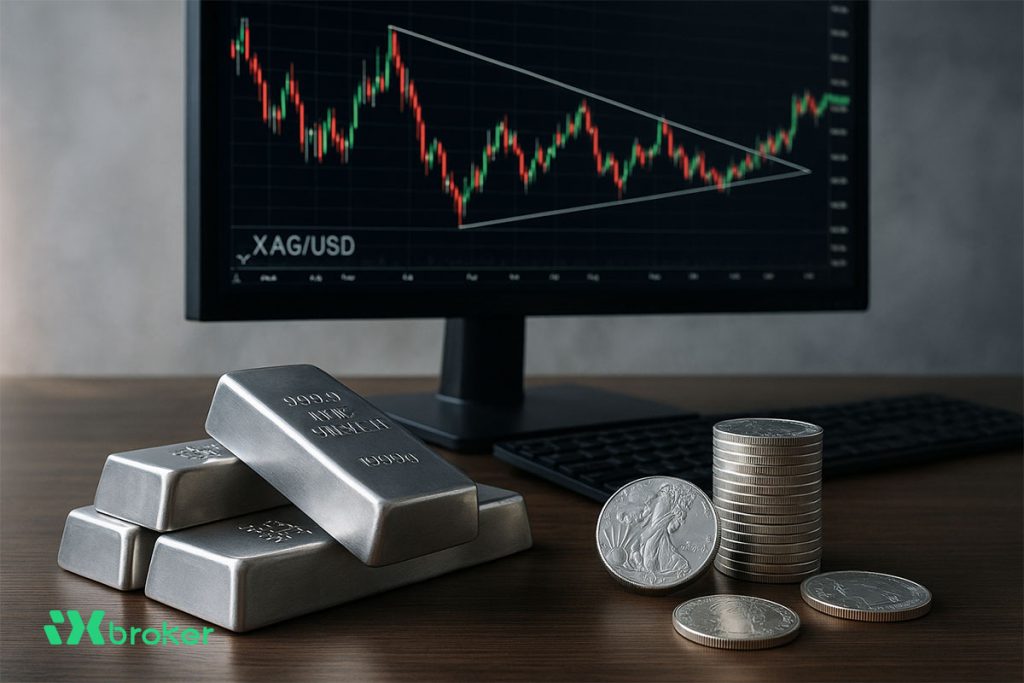The Australian Dollar (AUD) advanced against the US Dollar (USD) on Wednesday after Australia’s Monthly Consumer Price Index (CPI) rose 3.0% year-over-year in August, up from 2.8% in July.
Australia’s preliminary S&P Global Composite PMI slipped to 52.1 in September from 55.5 previously, the lowest in three months. Both manufacturing and services weakened amid softer new business inflows and reduced goods orders, the sharpest drop in eight months. The services PMI eased to 52.0 from 55.8, while the manufacturing PMI fell to 51.6 from 53.0.
Meanwhile, the White House confirmed that Australian Prime Minister Anthony Albanese will meet US President Donald Trump in Washington, D.C. on October 20 to discuss the Aukus nuclear submarine pact.
RBA stays cautious despite easing labor market
Reserve Bank of Australia (RBA) Governor Michele Bullock told parliament on Monday that labor market conditions have softened, with unemployment edging higher. She noted that recent rate cuts should support household and business spending but emphasized the need for vigilance, adding that the central bank must remain ready to adjust policy if required.
Markets now assign just a 20% chance of another cut in September, while the probability of a November move stands at 70%, as above-target inflation tempers easing expectations.
US dollar steadies on mixed Fed signals
The US Dollar Index (DXY), which tracks the greenback against six major peers, is trading around 97.30. However, sentiment was weighed after Tuesday’s S&P Global PMI data signaled slower US economic momentum.
The composite PMI fell to 53.6 from 54.6 in August. Manufacturing PMI slipped to 52.0 from 53.0, while services PMI declined to 53.9 from 54.5, highlighting weakening demand.
Fed Chair Jerome Powell said on Tuesday that labor market weakness outweighed concerns about sticky inflation, justifying the recent September rate cut. He added that the current stance remains appropriate but left the door open to further easing if conditions deteriorate.
Cleveland Fed President Beth Hammack warned that inflation pressures are likely to persist, while Richmond Fed President Thomas Barkin noted that tariff policies are contributing to higher consumer prices.
Separately, the White House announced that US companies will assume control of TikTok’s algorithm, with Americans taking six of the seven board seats in its US operations. Press Secretary Karoline Leavitt said the deal could be finalized “in the coming days,” though Beijing has yet to respond.
AUD/USD technical outlook
AUD/USD is trading near 0.6610 on Wednesday. On the daily chart, the pair remains just below the ascending channel pattern, pointing to waning bullish momentum. However, the 14-day Relative Strength Index (RSI) holds slightly above 50, suggesting that upside bias is still present.
The pair is testing resistance at the nine-day Exponential Moving Average (EMA) around 0.6611, followed by the lower boundary of the ascending channel near 0.6640. A rebound would support short-term momentum, potentially pushing AUD/USD toward the September 17 high at 0.6707 and the upper boundary of the channel around 0.6730.
On the downside, initial support sits at 0.6600, aligned with the 50-day EMA at 0.6551. A sustained break below this zone would weaken medium-term momentum and expose the August 21 low at 0.6414.



